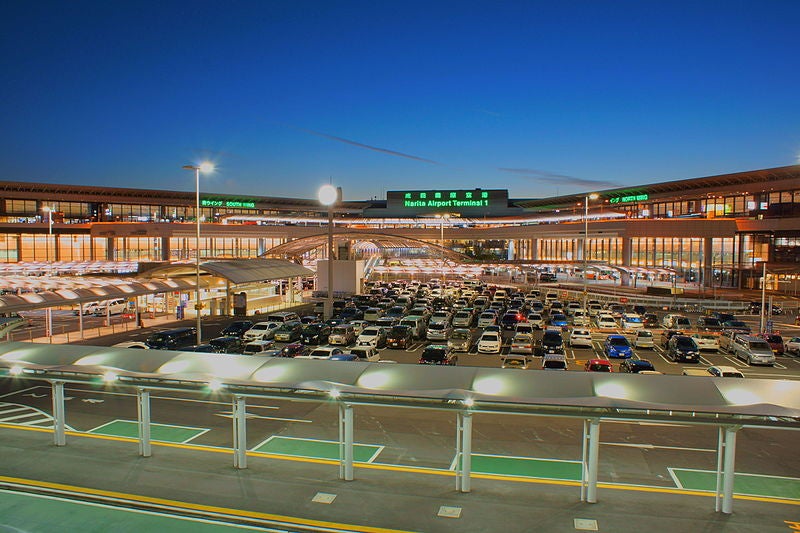
NEC Corporation has received a contract from Japan Customs, under the Ministry of Finance, to supply a facial recognition system to the six major airports in the country.
The contract will see NEC install an electronic customs procedure system equipped with face recognition technology.

Discover B2B Marketing That Performs
Combine business intelligence and editorial excellence to reach engaged professionals across 36 leading media platforms.
New Chitose Airport, Narita International Airport, Haneda Airport, Chubu International Airport, Kansai International Airport, and Fukuoka Airport are expected to introduce the technology by March next year.
According to NEC, the deployment will accelerate the customs procedures at these airports, which accounts for around 90% of annual passengers entering Japan.
In order to further accelerate customs procedures, NEC is planning to report baggage electronically using a smartphone app.
The electronic customs procedure system comprises customs declaration apps that streamline customs and declaration procedures for baggage.

US Tariffs are shifting - will you react or anticipate?
Don’t let policy changes catch you off guard. Stay proactive with real-time data and expert analysis.
By GlobalDataIt also features an electronic declaration terminal, and an exit gate to pass through using face recognition.
The exit gate uses NEC’s NeoFace AI engine to match the photograph of a passenger snapped by a face recognition camera with the image taken by the electronic declaration terminal installed at the customs inspection area.
Additionally, customs declaration apps and an electronic declaration terminal facilitate easy electronic declaration for customs inspections.
Passengers are required to enter the contents of their portable goods with customs declaration apps, obtain a QR code, and then read their passport and the QR code with an electronic declaration terminal installed in the customs inspection area.
The electronic declaration is said to be more simple compared to preparing conventional forms for the ‘Declaration of Personal Effects and Unaccompanied Articles’.





